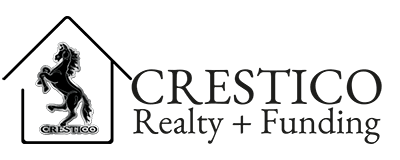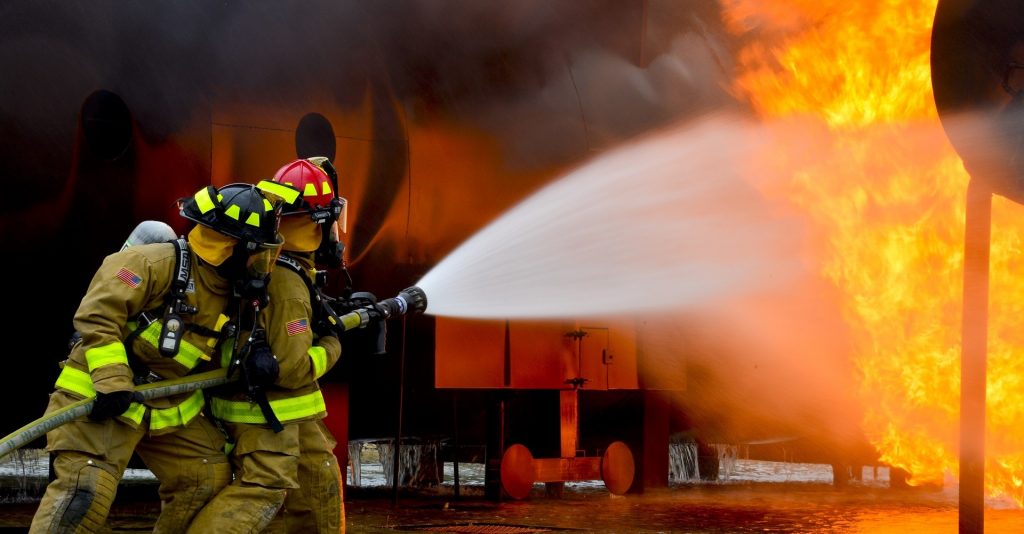FHFA Announces Conforming Loan Limits for 2021
The Federal Housing Finance Agency announced a new baseline conforming loan limit for Fannie Mae and Freddie Mac in 2021: $548,250.
The Federal Housing Finance Agency (FHFA) today announced the maximum conforming loan limits for mortgages to be acquired by Fannie Mae and Freddie Mac in 2021. In most of the U.S., the 2021 maximum conforming loan limit (CLL) for one-unit properties will be $548,250, an increase from $510,400 in 2020.
- $548,250 for 1-unit properties
- $702,000 for 2-unit properties
- $848,500 for 3-unit properties
- $1,054,500 for 4-unit properties
Baseline limit
The Housing and Economic Recovery Act (HERA) requires that the baseline CLL be adjusted each year for Fannie Mae and Freddie Mac to reflect the change in the average U.S. home price. Earlier today, FHFA published its third quarter 2020 FHFA House Price Index® (FHFA HPI®) report, which includes estimates for the increase in the average U.S. home value over the last four quarters. According to the seasonally adjusted, expanded-data FHFA HPI, house prices increased 7.42 percent, on average, between the third quarters of 2019 and 2020. Therefore, the baseline maximum CLL it in 2021 will increase by the same percentage.
High-cost area limits
For areas in which 115 percent of the local median home value exceeds the baseline CLL, the maximum loan limit will be higher than the baseline loan limit. HERA establishes the maximum loan limit in those areas as a multiple of the area median home value, while setting a “ceiling” on that limit of 150 percent of the baseline loan limit. Median home values generally increased in high-cost areas in 2020, driving up the maximum loan limits in many areas. The new ceiling loan limit for one-unit properties in most high-cost areas will be $822,375 — or 150 percent of $548,250.
- $822,375.00 for 1-unit properties
- $1,053,000.00 for 2-unit properties
- $1,272,750.00 for 3-unit properties
- $1,581,750.00 for 4-unit properties
Special statutory provisions establish different loan limit calculations for Alaska, Hawaii, Guam, and the U.S. Virgin Islands. In these areas, the baseline loan limit will be $822,375 for one-unit properties.
As a result of generally rising home values, the increase in the baseline loan limit, and the increase in the ceiling loan limit, the maximum CLL will be higher in 2021 in all but 18 counties or county equivalents in the U.S.
Questions about the 2021 CLLs can be addressed to LoanLimitQuestions@fhfa.gov and more information is available at https://www.fhfa.gov/CLLs.
Source: https://www.fhfa.gov/Media/PublicAffairs/Pages/FHFA-Announces-Conforming-Loan-Limits-for-2021.aspx


 For more than three decades, The Entrust Group has provided account administration services for self-directed retirement and tax-advantaged plans. The Entrust Group continues to assist people in purchasing alternative investments with their retirement funds, administering the buying and selling of assets that are typically unavailable through banks and brokerage firms such as
For more than three decades, The Entrust Group has provided account administration services for self-directed retirement and tax-advantaged plans. The Entrust Group continues to assist people in purchasing alternative investments with their retirement funds, administering the buying and selling of assets that are typically unavailable through banks and brokerage firms such as